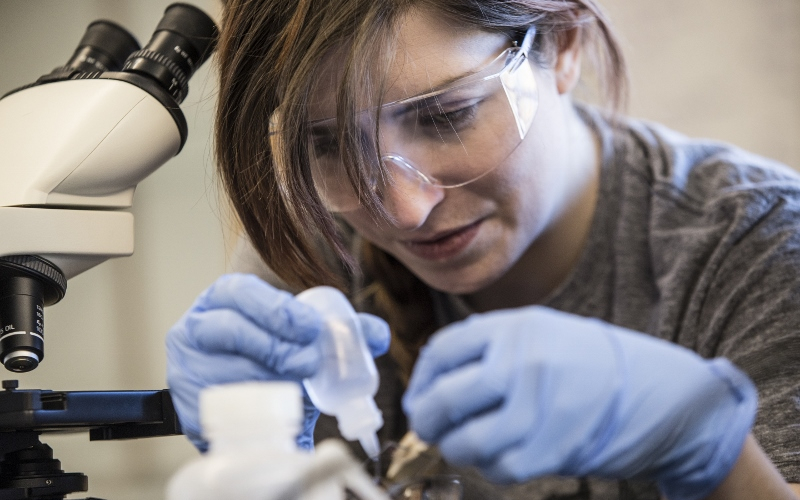The Benefits of Engaging Students with LD, ADHD, and Autism in Research

by Ibrahim Dahlstrom-Hakki, Ph.D.
Director
Landmark College Institute for Research and Training
All too often, students with disabilities’ engagement in research is primarily as research subjects. While there is certainly value in that contribution that leads to improvements in understanding and supporting this community, their voice is often missing in other aspects of the research process. There are both practical and ethical reasons to broaden the scope of students with disabilities’ engagement in research that more institutions need to be aware of and strive to achieve.
First and foremost, research opportunities are critical gateways to helping students enter many scientific and professional careers. On many campuses those positions go to students with strong academic performance in science or math courses. Given that many students with disabilities tend to perform below their true potential on traditional assessments in those courses, they often do not receive these valuable opportunities.
This lack of access to research opportunities is not only an issue for the students who may be hindered in pursuing certain career pathways, but is a loss to the research process itself. Many students with disabilities have unique perspectives to share that can be valuable in helping guide the development of research interventions and the interpretations of research data, particularly when the work is related to their own lived experiences. Students with dyslexia for example can shed unique insight into ways to study the reading process and reading interventions. Likewise, young Autistic adults can have unique perspectives on ways to provide effective early interventions for young children with Autism. These contributions are not confined to the field of disability research and education. Neurodiverse thinking can provide important insights in virtually any field where new paradigms are needed to move the field forward.
As you consider ways to support students with disabilities on your own campus or community, consider what role they currently play in research. Look for ways to catalyze pathways for engagement that can both benefit those students and enrich the broader research community.